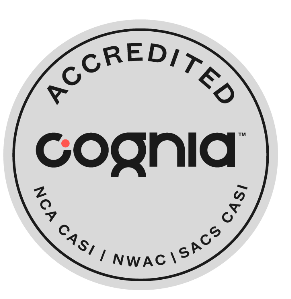School Community Councils are encouraged to continually analyze data and set goals that are based on measurable statistics.
Problem Solving Process
Setting Goals, Implementing Plans, Tracking Progress
- What is the problem? (Target Identification)
Define the problem as the measurable gap between the desired outcome and the actual behavior or performance. - Why is it happening? (Analysis of Current Reality)
Identify possible reasons why there is a gap between expectations and outcomes. - What should be done? (Plan Development and Implementation)
Using the knowledge gained through problem identification and analysis of current reality select a system support or intervention focused on closing the identified gap. - Did it work? (Plan Evaluation)
Determine the effectiveness of implemented plan and make appropriate educational decisions
Academic Data Sources
A history of scores for assessments can be obtained and reviewed in order to help determine the greatest academic needs at your school. Click on an assessment below to expand more information about what the assessment measures and the applicable grade levels.
Academic Measures: English, Reading, Math, and Science
Grade Levels: All students in 11th grade
Academic Measures: Reading, Math Computation, and Math Application
Grade Levels:
- All students Kindergarten through 3rd grade
- All 4th through 12th grade students reading below benchmark
Academic Measures: Reading Comprehension
Grade Levels: All students 4th-10th grade
Academic Measures: Mathematical Reasoning
Grade Levels: All students 4th-10th grade
Academic Measures: English, Math, Science, World Languages
Grade Levels:
- English – all students grades 1st through 12th
- Math – all students grades 1st through 11th
- Science – middle school science 6th grade, 7th grade, 8th grade; high school science – Biology, Chemistry, and Physics
Academic Measures: English Language Arts, Math, and Science
Grade Levels:
- English Language Arts – all students grades 3rd through 10th
- Math – all students grades 3rd through 11 (including Secondary I, II, and III)
- Science – all students grades 4th through 10th (including Biology, Chemistry, and Physics)
Additional Data Sources By Type
- Studying your own school over time, such as:
- Impact of curriculum changes on test scores
- Tracking improvement of co-groups (e.g. English Learners)
- Monitoring impact of changes in personnel
- Patron concerns over time
- School Wide Positives
- Office Discipline Referrals (Major & Minors)
- Behavior Education Program – Daily
- Progress Report – Percentage of Points
- Think Time (Interclass Timeout)
- Tardies
- Absences – including chronic absenteeism
- In School Detention/Out of School
- Detention
- SHARPS Survey
- Mayor’s Office Data
- Sherrif’s Department’s Data
- Volunteer hours
- Business partnerships
- Donations
- Grants
- Awards
- Student
- Teacher
- Parent
- Feeder Schools
- Network

